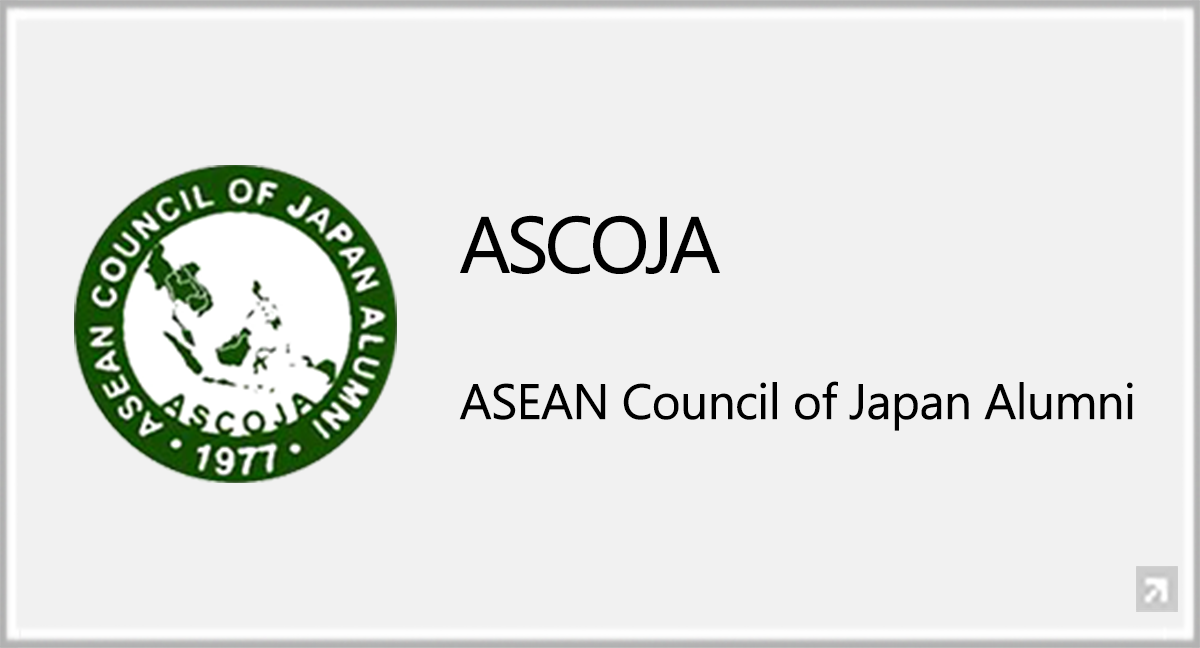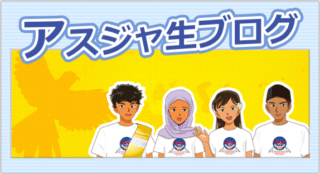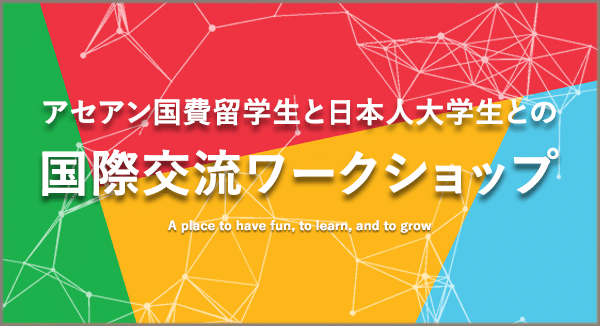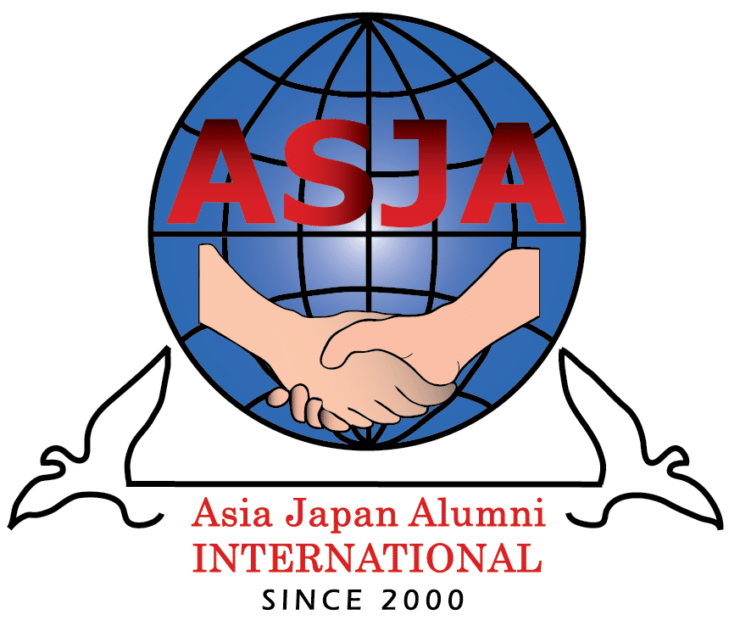Since 2015, the aspect of ‘Visiting Japanese local industries and matching them with students’ was added to the conventional Japanese Experience Program description and became the ‘Prefectural Local Industries and Cultural Study Trip’ which is targeted towards ASJA-MEXT 2nd and 3rd year students. For the first year, students went on a 4-day 3-night trip to Saitama, Gunma, Tochigi, and Fukushima Prefecture which followed these 4 themes:
- 1. Meiji era promotion of industry and cultural heritage related to silk throwing
- 2. UNESCO World Heritage Site Nikko and the beginning of bakuhan system
- 3.The beautiful scenery of Inawashiro-ko where Hideyo Noguchi grew up and the local businesses of Mount Bandai
- 4. History of Aizu-han and the modern Aizu-Wakamatsu City
On Day 1, they visited the Eiichi Shibusawa Memorial Hall in Saitama Prefecture and learned about the achievements of the ‘father of Japanese capitalism’, as he built up the business world in post-Meiji era Japan. Next, to learn about the development of the silk throwing industry, they also visited the Katakura Silk Commemorative Museum in Saitama as well. Katakura Industries Co., Ltd., which operates the museum, is a company that merged with Tomioka Silk Mill (a UNESCO World Heritage) in 1939. The students saw silk machines from that period displayed in the museum, as well as observed the process of making cocoons into silk. After that, they relocated to Kiryu. Kiryu has been named ‘Nishijin of the West, Kiryu of the East’ since long ago. As it is a region that has a well-developed woven fabric industry, it is named ‘shokuto’ (capital of fabric).
On Day 2, they visited UNESCO World Heritage Site Nikko Tosho-gu, Rinnoji, and Futaarasan Shrine. For lunch, they had Nikko yuba and Buddhist cuisine.
 Visiting Nikko Tosho-gu
Visiting Nikko Tosho-gu
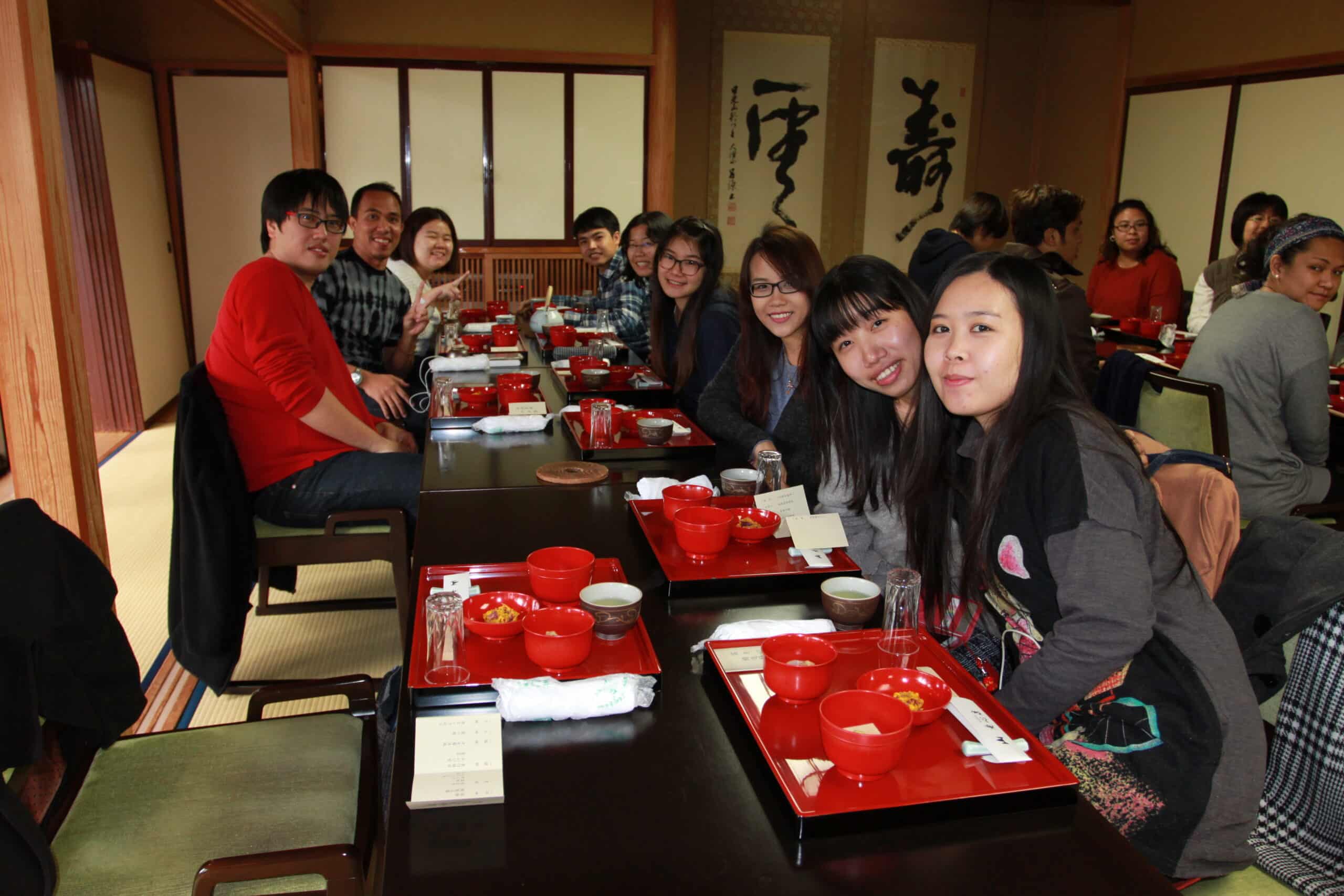 Experiencing Buddhist cuisine
Experiencing Buddhist cuisine
On Day 3, they visited Shirakawa Factory owned by Parts Seiko Co., Ltd., a local business active in Fukushima Prefecture. Parts Seiko specially processes, manufactures, and sells a wide variety of screws and bolts. Next, they stopped by Ouchi-juku for a lunch break. In the afternoon, they went to Aizu Factory, Raraya Co., Ltd. Raraya is a manufacturing company which produces randoseru, a type of backpack that Japanese elementary school students use. Afterwards, they visited the Hideyo Noguchi Memorial Hall—which is dedicated to Hideyo Noguchi, who is on the 1000-yen bill—to learn about his legacy. In the evening, they also tried their hand at painting akabeko, a form of traditional local culture.
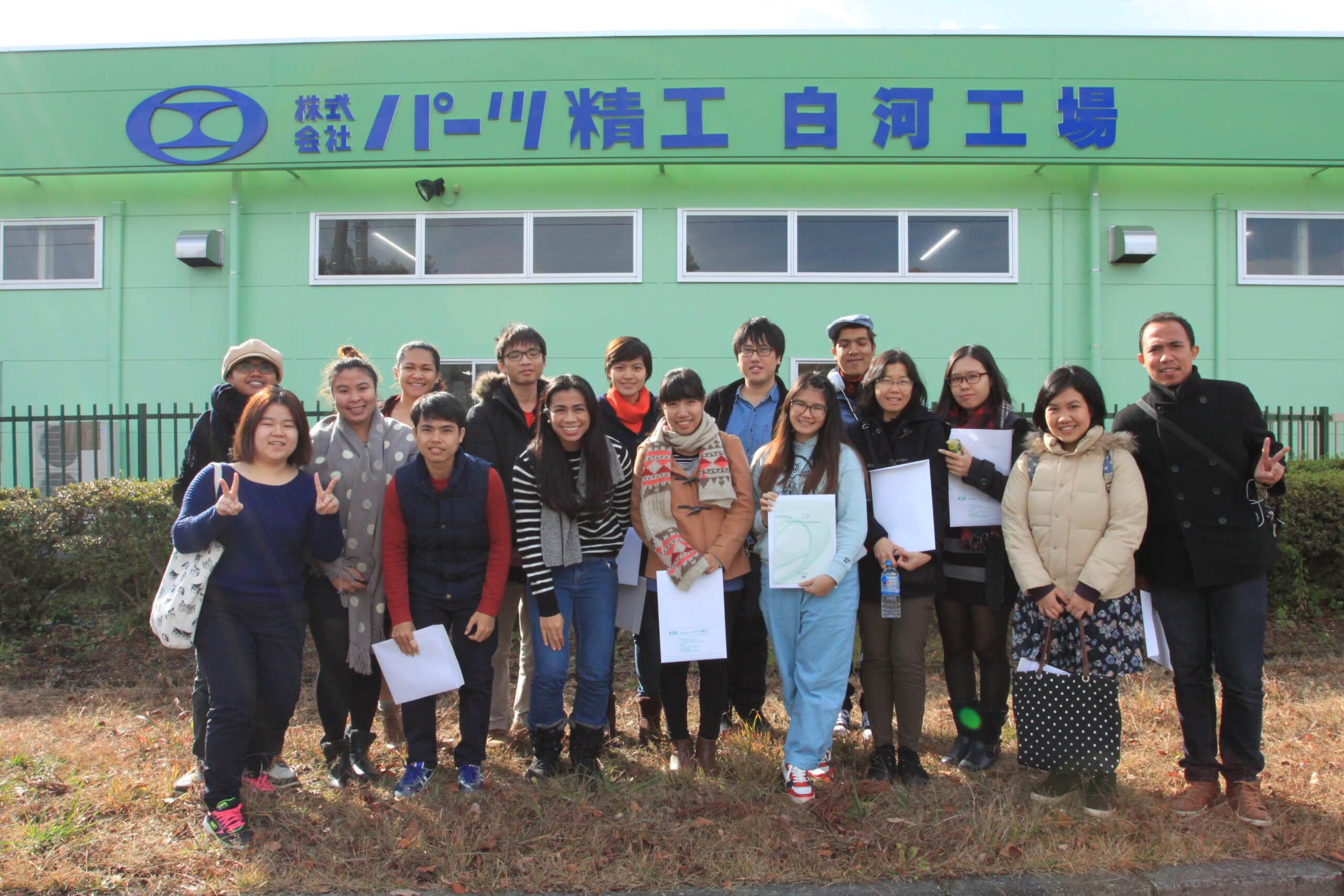 Visiting Shirakawa Factory, Parts Seiko Co., Ltd.
Visiting Shirakawa Factory, Parts Seiko Co., Ltd.
 Posing with their favourite randoseru sample at Aizu Factory, Raraya Co., Ltd.
Posing with their favourite randoseru sample at Aizu Factory, Raraya Co., Ltd.
 Posing with the face of the 1000-yen bill, the bust of Hideyo Noguchi at Hideyo Noguchi Memorial Hall
Posing with the face of the 1000-yen bill, the bust of Hideyo Noguchi at Hideyo Noguchi Memorial Hall
 Painting akabeko at National Bandai Youth Friendship Center
Painting akabeko at National Bandai Youth Friendship Center
 Every student’s differing personality and quirks can be seen from the design on their akabeko
Every student’s differing personality and quirks can be seen from the design on their akabeko
On Day 4, they visited Aizu Wakamatsu City. Ever since being designated as Aizu-han in the Edo period, Aizu Wakamatsu has played an important role in the Bakumatsu period and Meiji Restoration. After visiting Tsurugajo, Aizu Bukeyashiki, Byakkotai Museum, and Oyakuen, they had wappa-meshi, a type of regional cuisine.
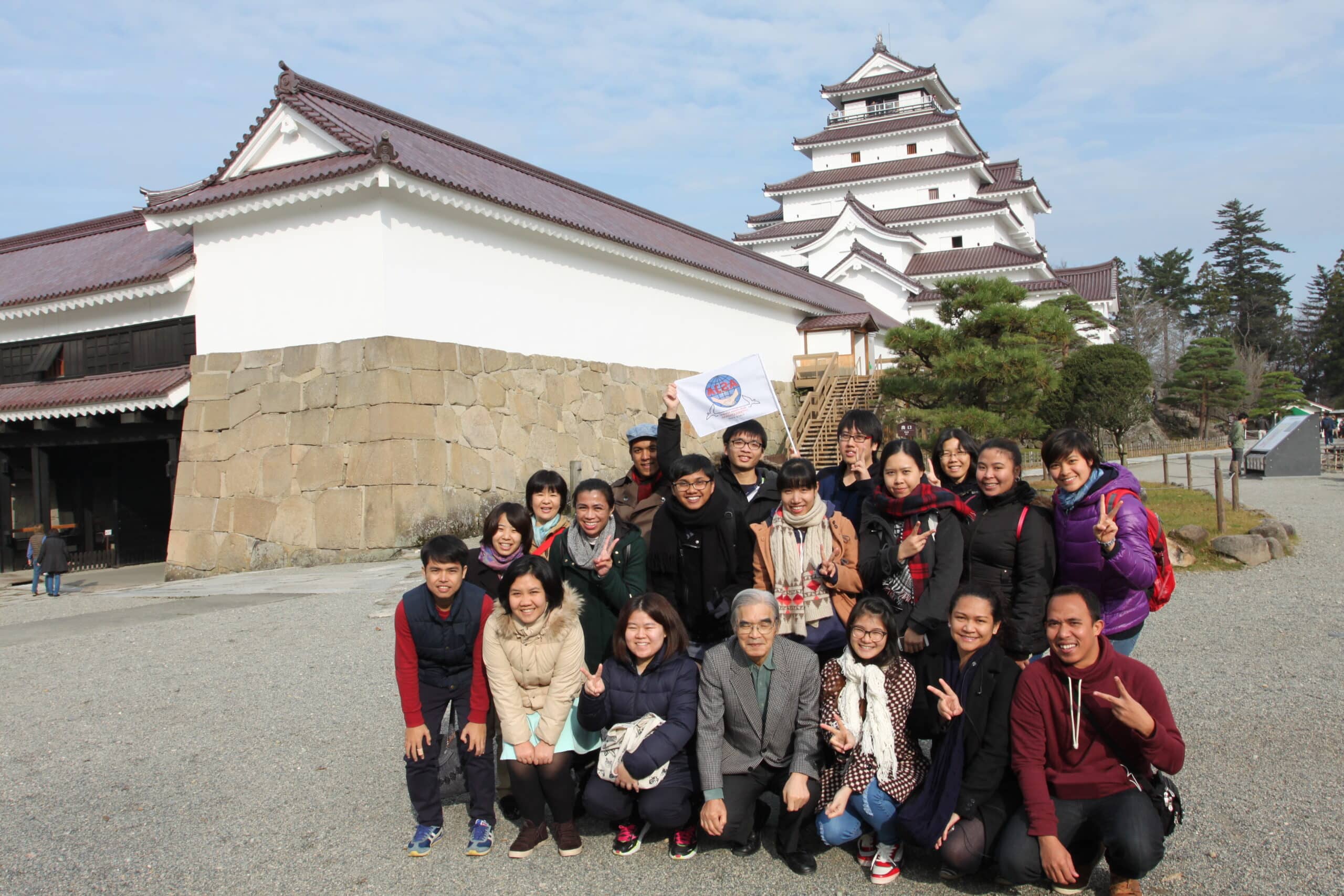 With Tsurugajo in the background at Aizu Wakamatsu City
With Tsurugajo in the background at Aizu Wakamatsu City
All the companies that were visited on these local industries trip follow the Japanese ‘monotzukuri’ spirit and are proactively expanding overseas. There are also many workers from ASEAN in Parts Seikou and Tsuchida Industries. The students were able to deepen their understanding of the Japanese ‘monotzukuri’ business culture and the true conditions of the foreigners working in Japan. Furthermore, all 3 nights were spent at a Youth Friendship Center: National Akagi Youth Friendship Center, National Nasukashi Youth Outdoor Learning Center, and National Bandai Youth Friendship Center respectively. At these Youth Centers, it was mandatory for all visitors to clean up their rooms and common areas before checking out. ASJA-MEXT students also followed this rule and started cleaning together after waking up. Since there were students who also participated in the Nasukashi Volunteer Program in 2014, they taught the other students what to do and worked together as a group.
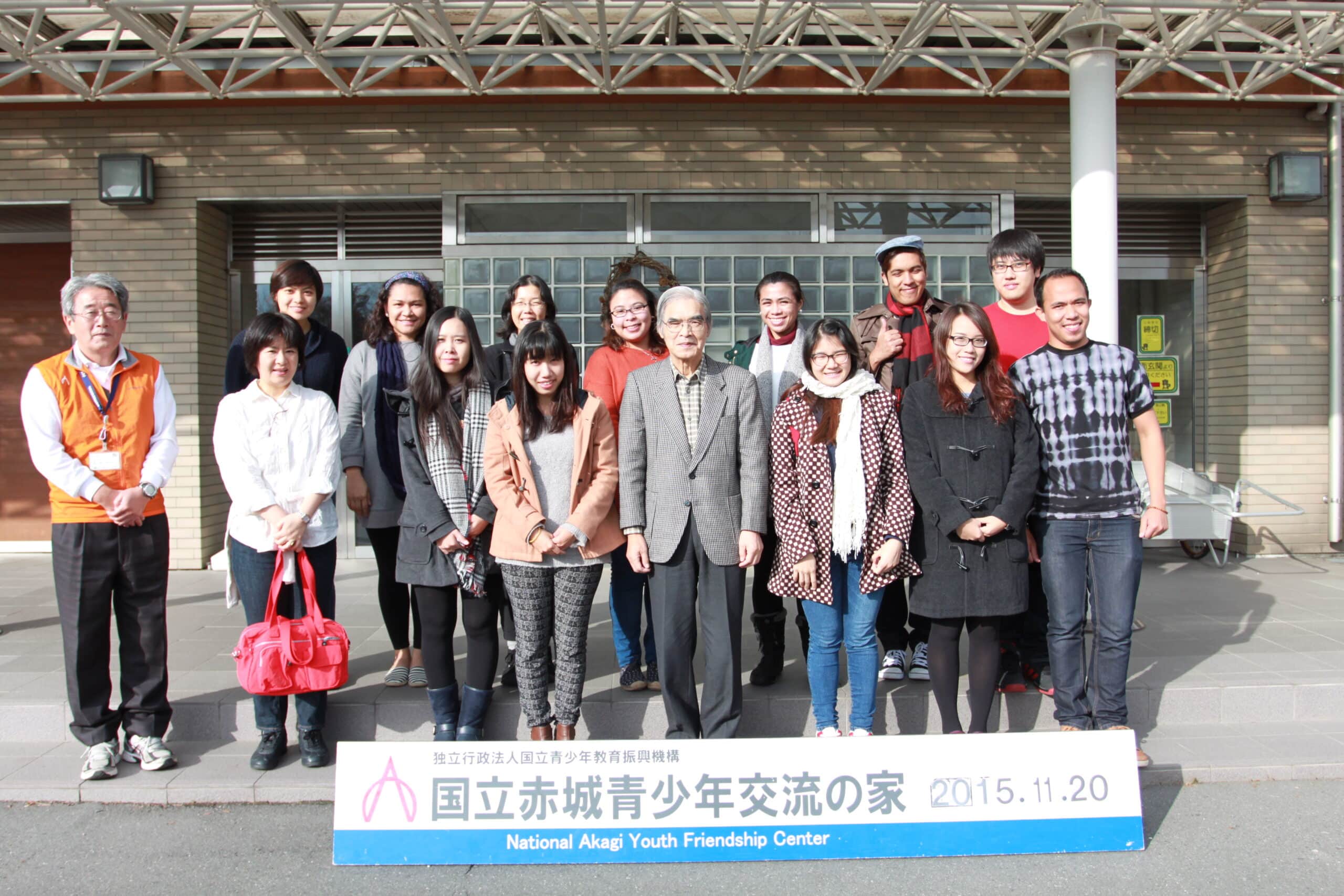 National Akagi Youth Friendship Center
National Akagi Youth Friendship Center
 Raising the national flag at the National Akagi Youth Friendship Center
Raising the national flag at the National Akagi Youth Friendship Center
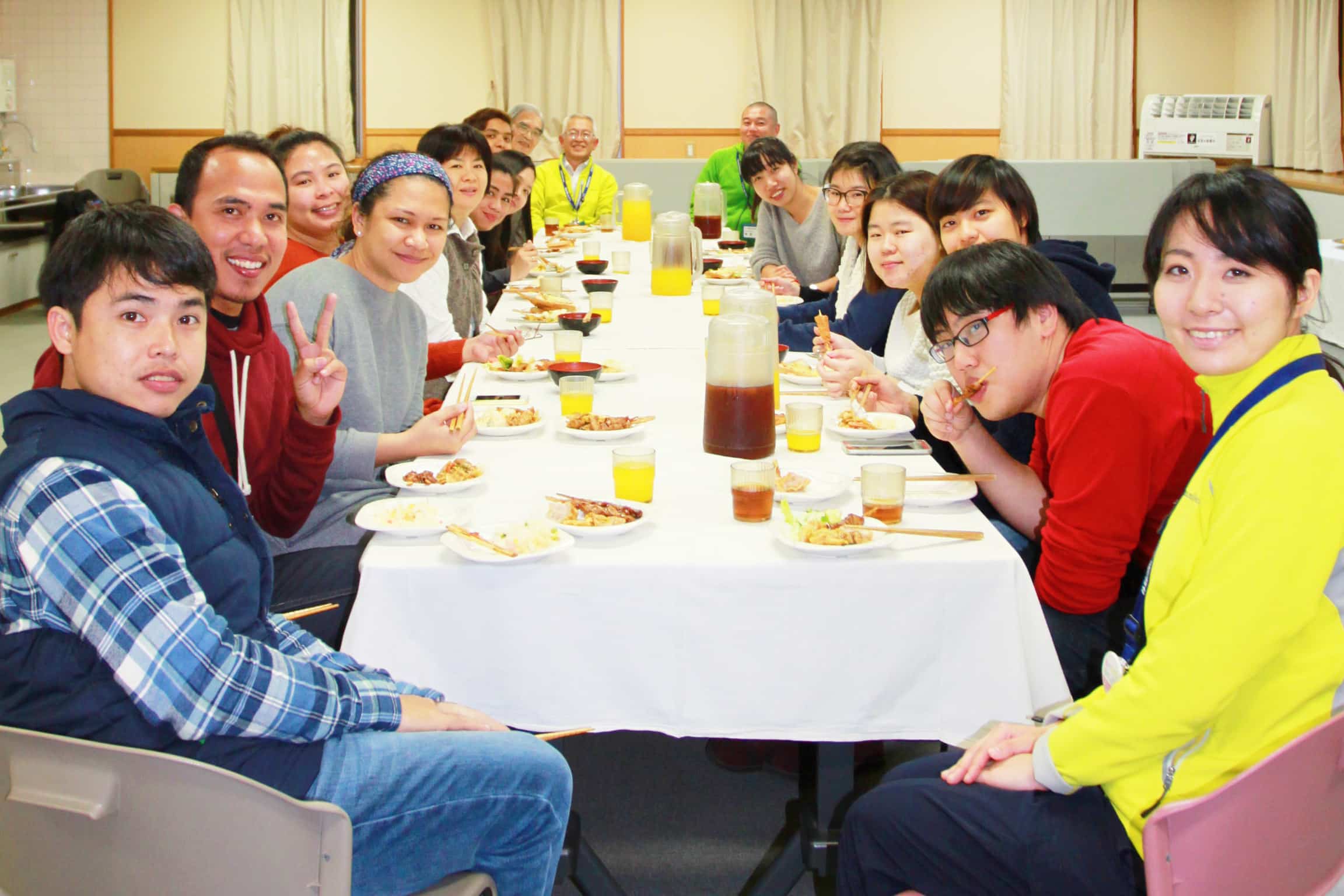 Mixer with the staff who participated in the Nasukashi Volunteer Program at the National Nasukashi Youth Outdoor Learning Center
Mixer with the staff who participated in the Nasukashi Volunteer Program at the National Nasukashi Youth Outdoor Learning Center
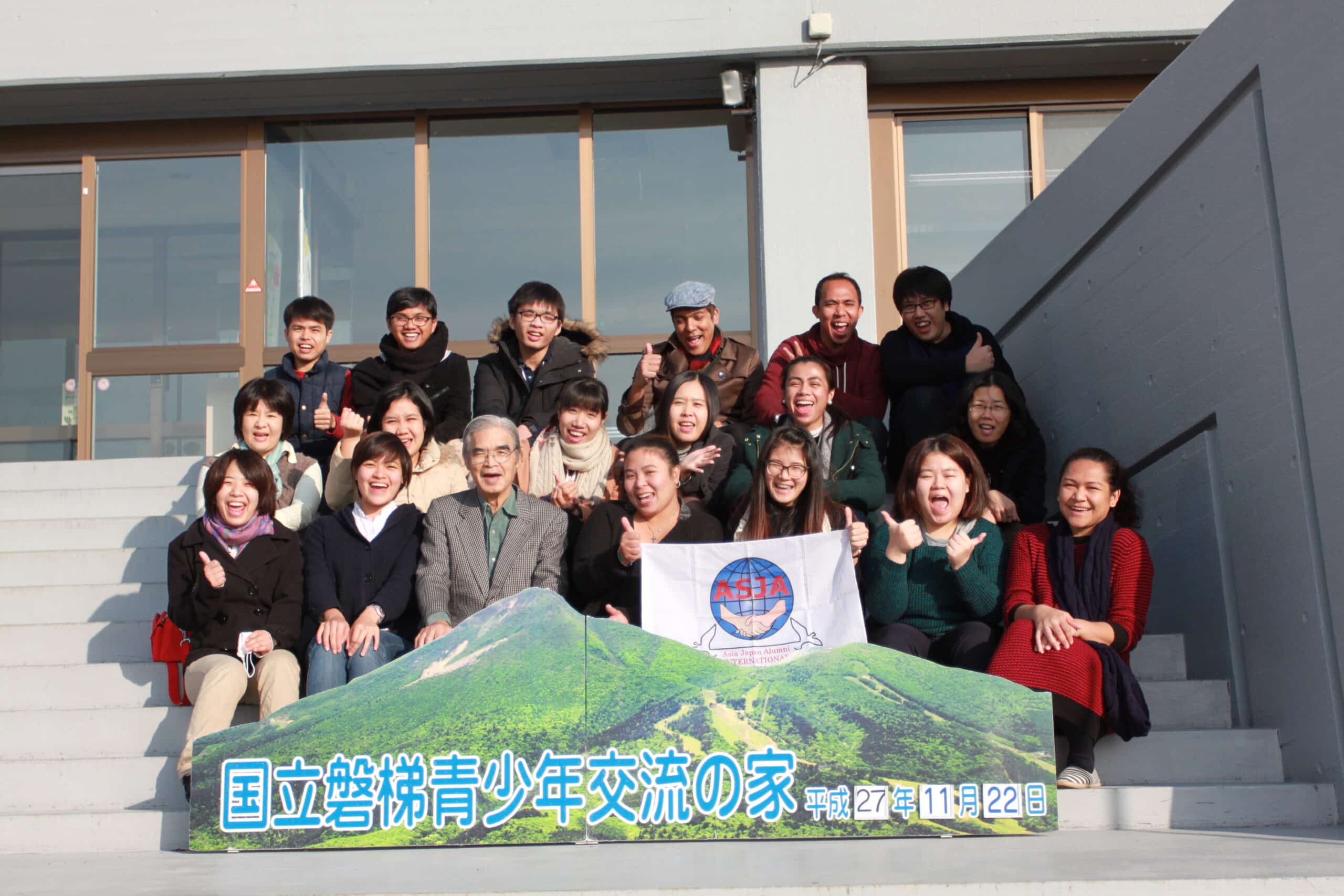 National Bandai Youth Friendship Center
National Bandai Youth Friendship Center


